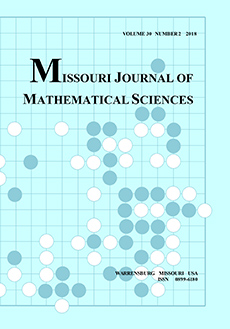Abstract
In this work, all rings are commutative rings with identity. Let $R$ be a ring and $J(R)$ denote the Jacobson radical of $R$. A sequence $(a_1, a_2, \ldots , a_s, a_{s+1})$, $s \ge 1$, of elements in $R$ is said to be unimodular if 1 is in the ideal $(a_1, a_2, \ldots , a_s, a_{s+1} )$. A ring $R$ is said to be a $B$-ring, whenever for any unimodular sequence $(a_1, a_2, \ldots , a_s, a_{s+1})$, $s \ge 2$, of elements in $R$ with $(a_1, a_2, \ldots , a_{s-1} ) \not\subset J(R)$, there exists an element $b$ in $R$ such that $(a_1, a_2, \ldots , a_s + ba_{s+1} ) = R$. Besides some other results, two basic facts about $B$-rings will be proved and they are: 1) $R$ is a $B$-ring if and only if for any unimodular sequence $(a_1, a_2, a_3)$ of elements in $R$ with $a_1$ not in $J(R)$, there exists an element $b$ in $R$ such that $(a_1, a_2 + ba_3 ) = R$, and 2) A homomorphic image of a $B$-ring is again a $B$-ring. At the end, some applications of these results will be discussed.
Citation
Amir M. Rahimi. "Some Improved Results on $B$-Rings." Missouri J. Math. Sci. 9 (3) 167 - 169, Fall 1997. https://doi.org/10.35834/1997/0903167
Information




